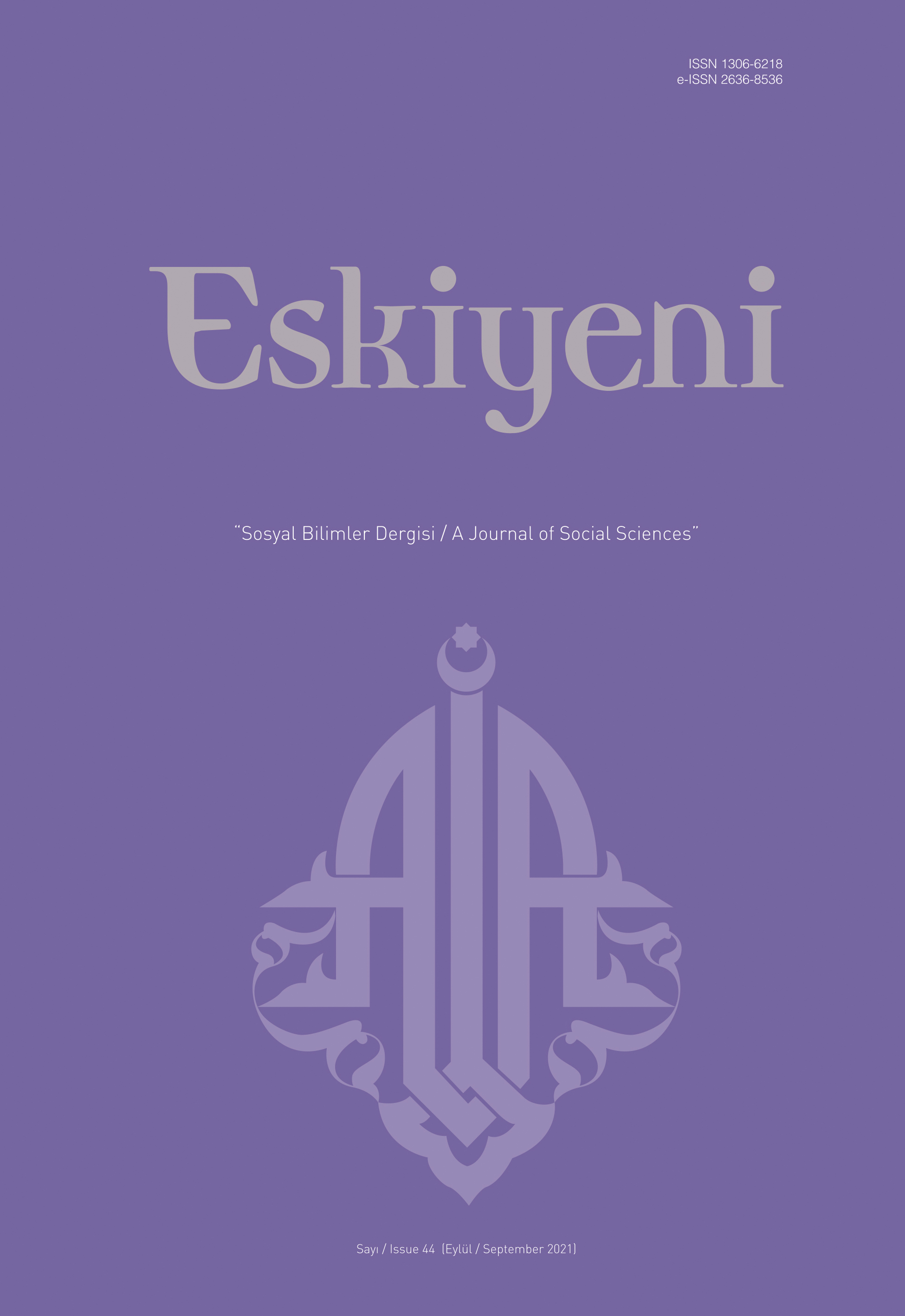Arapçada ‘Mâ’ Edatının Anlam Türleri: Amme Cüzü Örneği
Functions and Meanings of ‘Mā’ Preposition in the Arabic Language, The 30th Part of the Qur’ān, As A Model
Author(s): Osman Aktaş, Luay Hatem YaqoobSubject(s): Language and Literature Studies, Literary Texts, Islam studies
Published by: Anadolu İlahiyat Akademisi
Keywords: Arabic; Indication of the Prepositions; Preposition Mā; Types of Prepositions Mā; Juzz’ ‘Amma;
Summary/Abstract: The prepositions in the Arabic language have an important place in understanding compound sentences. Researchers and authors have taken particular care of it. The preposition mā is one of the joining tools with multiple meanings and functions, as grammarians have used it for ten different functions and meanings. What determines the function and meaning of the preposition mā is its place and location in the sentence. Every kind of mā preposition has specific rules and meanings itself. As it is known, the word in the Arabic language is divided into a noun, verb, and a letter (according to the old classical division). This study found that the preposition mā had used a noun and a letter. This study contains two main chapters. The first chapter that dealt with the various and different uses of the mā; as for the second chapter, it dealt with the types of mā mentioned in the 30th juzz’ (part) of the Qur’ān. This study revealed the fact that mā was mentioned seventy times, in addition to being mentioned 19 times, and it has more than one connotation and a grammatical function.As a result of the conducted research, it is confirmed that mā has six different types. The types of mā used as a letter are mā al-nafiyah (negative mā), mā used as laysa (the mā that resembles), mā al-kāffah (preventative mā), mā al-za’idah (extra mā), mā al-ibhamiyah (indefinite mā) and mā al-maṣdariyah (gerundival mā). Besides that, it is found out that there are four types of mā used as a noun. Mā al-istifhamiyah (interrogative mā), mā al-ta‘ajubiyah (exclamation mā), mā al-sharṭiyah (conditional mā) and mā al-mawṣulah (pronominal mā) are the kinds of mā used as a noun. Whereas there is an agreement about some of the grammatical cases of mā mentioned in ’Amma juz’ of the Qur’ān, there are conflicts in some of them. The number of mā mentioned in ’Amma juz’ is fifty-one that are agreed in terms of grammatical cases. Besides that, the number of mā which there is disagreement over its grammatical issues is nineteen. Mā al-sharṭiyah and mā al-ibhamiyah are not mentioned in ’Amma juz’ of Qur’ān. Except for these types, all kind of mā is mentioned in ’Amma juz’. Mā al-istifhamiyah is mentioned seventeen times in ’Amma juz’, from this aspect it is the most mentioned and most agreed type of mā in terms of grammatical case. In ‘Amma juz’, the kinds of mā al-mawṣulah and mā al-maṣdariyah can possibly be discussed in two different ways regarding grammatical matters at the same time. The number of possible parts that grammatically probable to evaluate in two different ways is fifteen. The presence of ten different types of the mā preposition with shows the richness of Arabic language. In this study, the wealth of Arabic language in the Qur’ān is tried to be demonstrated.
Journal: Eskiyeni
- Issue Year: 2021
- Issue No: 44
- Page Range: 645-661
- Page Count: 17
- Language: Turkish

